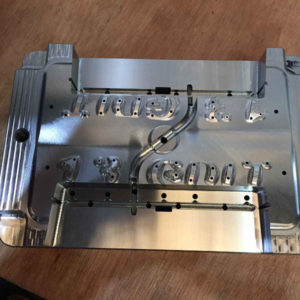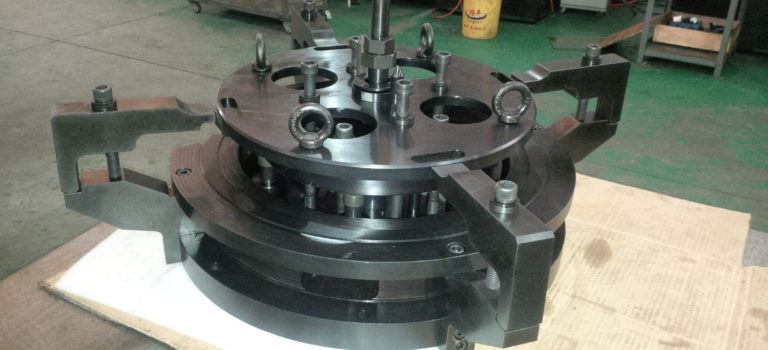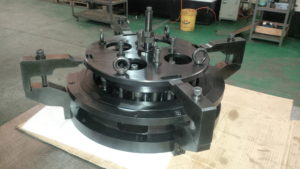Plastic injection molding makes a very good option for people looking for plastic prototypes or few parts for evaluation and testing. In injection molding, molten plastic is forced in a cavity at high pressure to ensure no fills and to open the die. The molding machine applies closing force with the right tooling thus closing up die with temperature cycling and abrasive effect of flowing plastic. To avoid any mistakes that could mean starting over the process can be pretty slow especially for complex geometrics.

Fortunately, there are different manufacturing technologies that compress lead-time for those who want to make or design the plastic prototypes. By looking at the manufacturing options, you will be in a better position to decide what the best way of making rapid prototype molds is depending on the project requirements you are working with. The rapid prototype technologies are never the same and the results may not be the same for all prototypes therefore.
Selective laser sintering
This manufacturing method involves heating of powder till the granules join. SLS is very similar to SLA considering that it makes 3D shape through creating layer by layer using laser plastering over powder for heating. It is however a technology that can be used for both metal and plastic molds and the accuracy levels are impressive. You can actually achieve fully functional parts using this technology as long as porosity is avoided by all means possible.
Fused deposition modeling
This technology of making the rapid prototype molds has the plastic filament extruded using a nozzle onto the support plate or platform before it is then heated to create sticky soft substance. Shapes are then built as necessary by successive layering before the right finishing is done for the final appearance to be achieved. Plastics like polystyrenes, polyamides and polycarbonates are available for FDM and the accuracy rates for this manufacturing method are high although they could vary from machine to machine.
Stereolithography apparatus
It is abbreviated SLA and it is a molding technology that uses UV laser to solidify liquid photopolymer. The laser passes over polymer surface to create a solid layer before the table is lowered to let more liquid cover the solidified layer and then laser scanning is done again. Once done, the SLA molds require washing and sanding for the removal of ridges between layers for enhanced accuracy.
Rapid injection molding
Injection molding is one of the fastest ways of making rapid prototype molds. You can have your parts in days saving you the slow nature of processes like EDM and grinding. The molds may not be that durable compared to hard steel parts but you will have then in same finish, fit as well as performance at reduced time and cost. When considering rapid prototyping, it is important to remember that not all plastics are suitable and the finish, fit and form may not be as good as those achieved by injection molding. As long as you know what the molds are for, you will manage to make the right manufacturing process.
When you work with the right injection mold maker in China, you will indeed have the kind of parts you need at the end of the day. Plastic injection molding China has its benefits and when you are informed it is easier to choose the right path for your prototypes.
For more information, please refer to https://www.injectionmouldchina.com.

